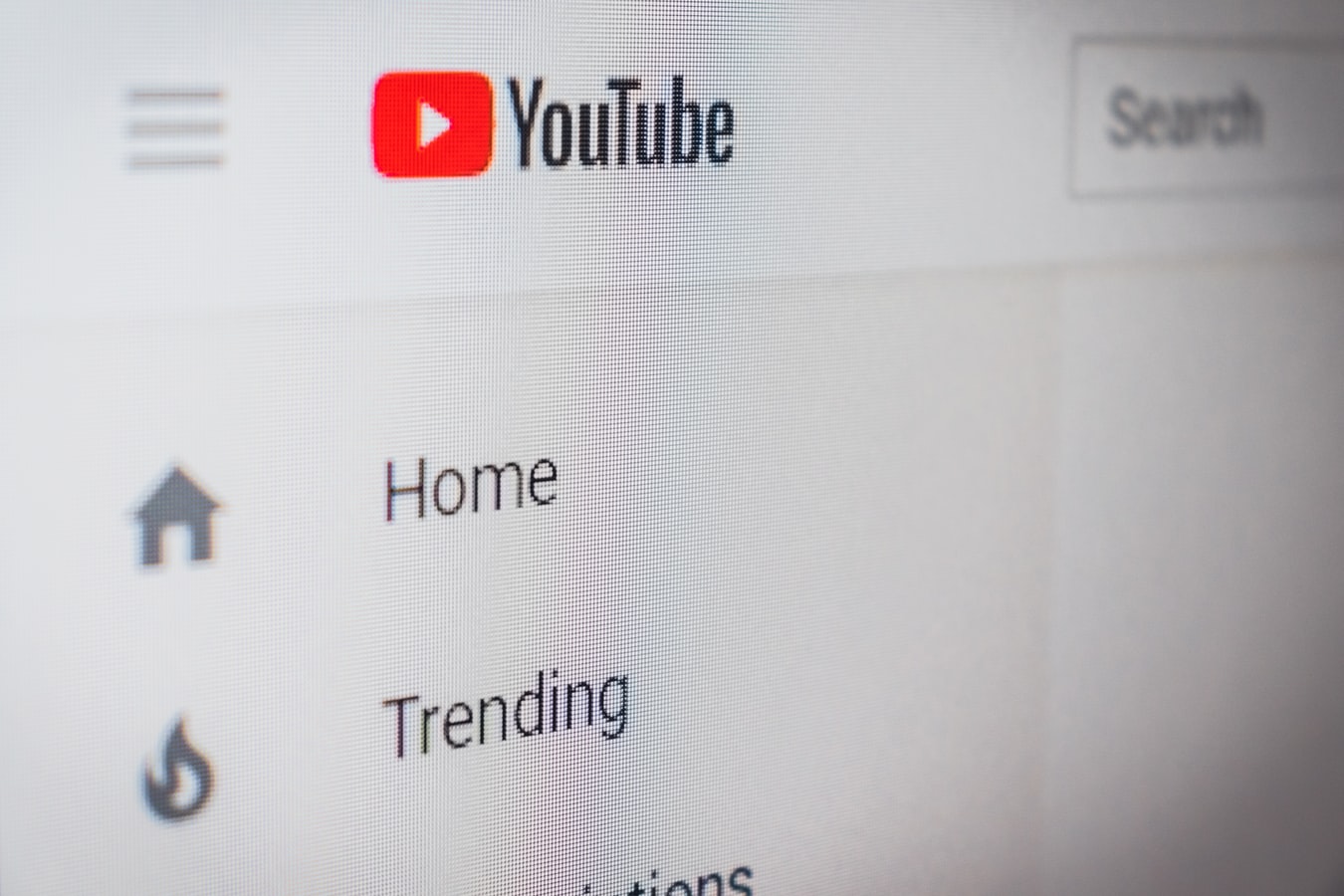As the second most popular car rental company in 1962, Avis rolled out an advertising campaign based on the theme of, “When you’re only number two, you try harder.” It was an effort to keep up with Hertz, the leader in car rentals. So successful was the campaign that it ran for 50 years before finally being retired.
Next to Google, YouTube ranks second as the world’s largest search engine and most visited site and the second most popular social media platform after Facebook.
Like Avis, it’s improbable that YouTube will unseat its competition. And like Avis, being second can also be invaluable. Leveraging YouTube’s popularity with videos doesn’t mean much unless marketers can successfully apply and increase the all-important SEO and increase chances of being discovered.
The first stage in improving SEO is to research keywords that might be used. And what better place to research than on #1 Google, which also happens to rank YouTube videos? Compare thumbnails and titles against those under consideration for the brand to see what’s popular and possible candidates to optimize SEO.
Also, consider using Google’s keyword planner tool. It gives marketers another look at popular search terms used by consumers even though it’s not related to video SEO.
Armed with the popular words used in searches, the next and most important step is to decide on an appealing title. In addition to employing a popular keyword or two, use popular leads. One is to pose a question like “Why…” or “What is…?” or a “How to…” tutorial. A couple of others include a compare and contrast strategy like “Best to Worst…” or “Ranking the Top 5…”
The description portion provides more space to recap what’s contained in the video and to build on the primary keyword in the title. What should also be included are links to the brand’s website, social platforms, and any other promotions and timestamps on the video integrating relevant search terms and links to other pertinent videos on the channel.
Connecting the ROI to the brand’s YouTube channel and online purchases are enhanced by targeting specific products. By including timestamps in the videos, engagement increases and permits viewers to focus on the most important sections.
Thumbnails are important for attracting viewer attention and should be used even though they aren’t directly connected to video SEOs. YouTube thumbnails can be maximized through vivid colors in the text or background, bolding text that highlights a benefit of the product or the title of the video, or focusing on a person or sort of action.
Expand the reach of videos by embedding them on-site and in blogs. Promote them on other platforms and in emails and share them on social media. Tag them with descriptive terms and ask for likes and comments. Add a call to action. Inserting it in the first line of the description is also powerful. As in all marketing campaigns, it’s equally critical to review progress regularly. YouTube Analytics is valuable to measure how content is doing, which videos are drawing the most traffic, and which keywords are attracting attention. All these are important in knowing when and where to adjust the YouTube SEO strategy.
Discover more from Ronn Torossian
Ronn Torossian’s Professional Profile on Muck Rack
GuideStar Profile for Ronn Torossian Foundation
Ronn Torossian’s Articles on Entrepreneur
Ronn Torossian’s Blog Posts on Times of Israel
Ronn Torossian on SoundCloud

More PR Insights
How To Effectively Incorporate Shortform Videos Into A Press Kit
How To Launch PR Campaigns Celebrating User Milestones
Creating a Press Page That Converts Visitors